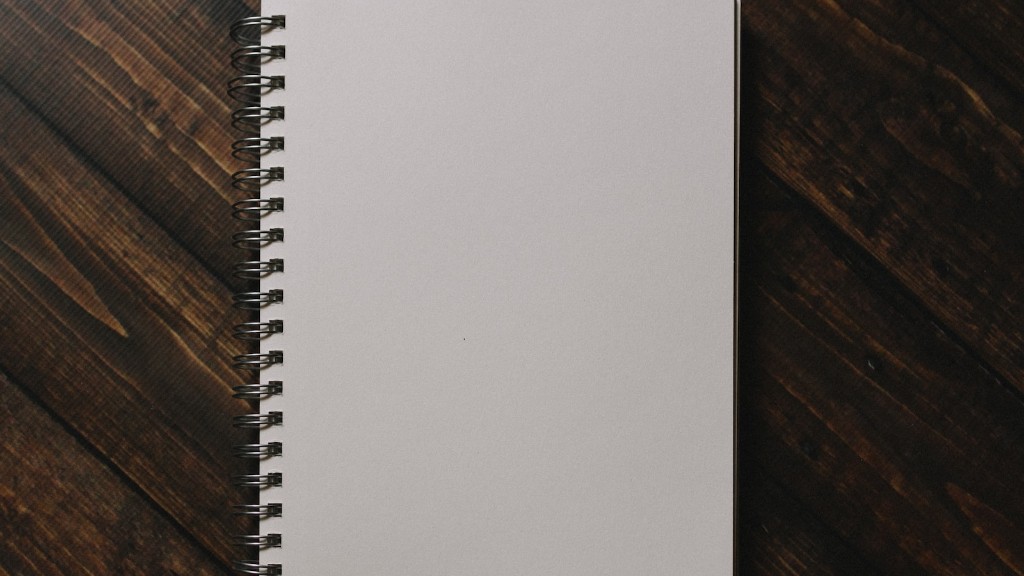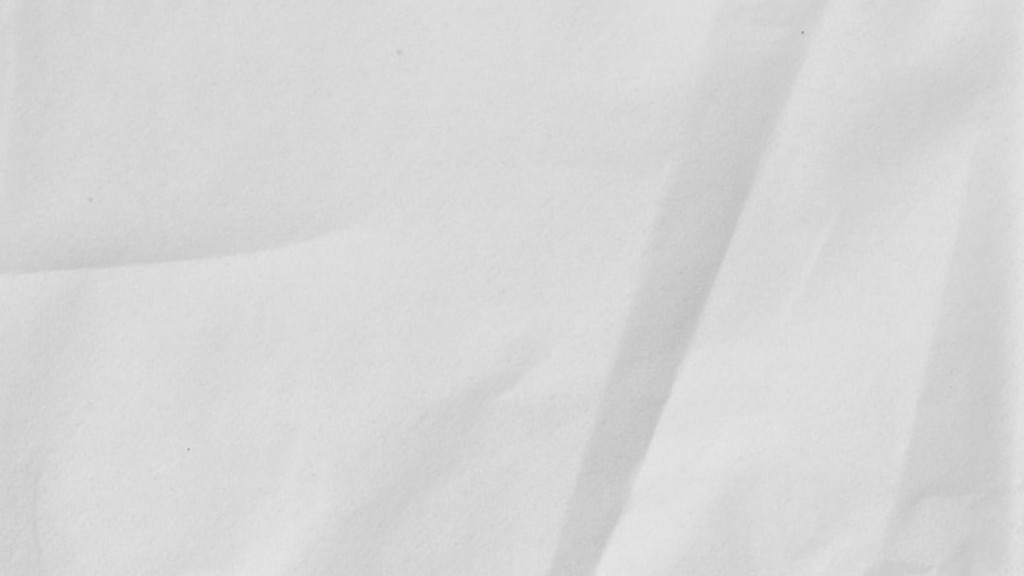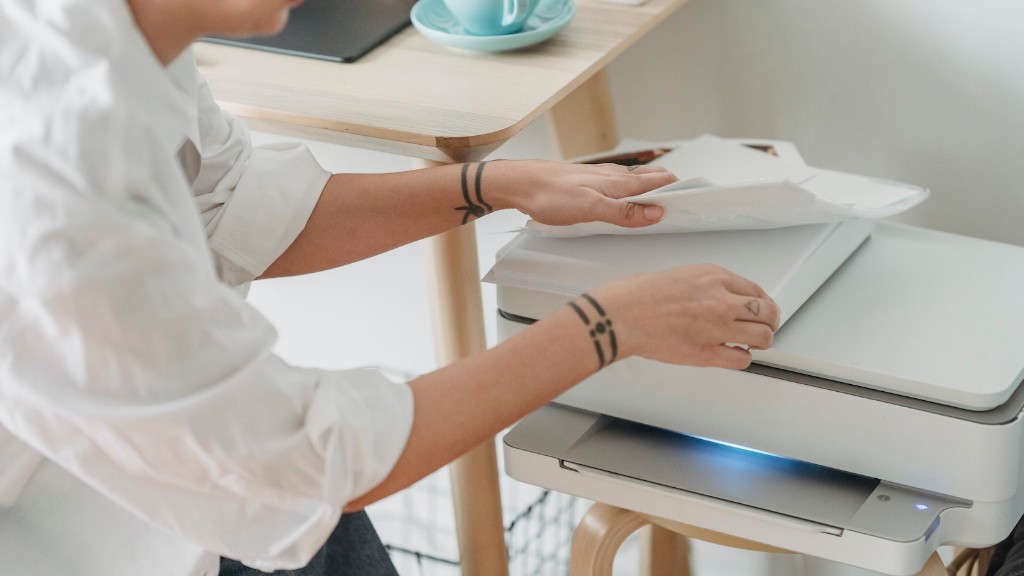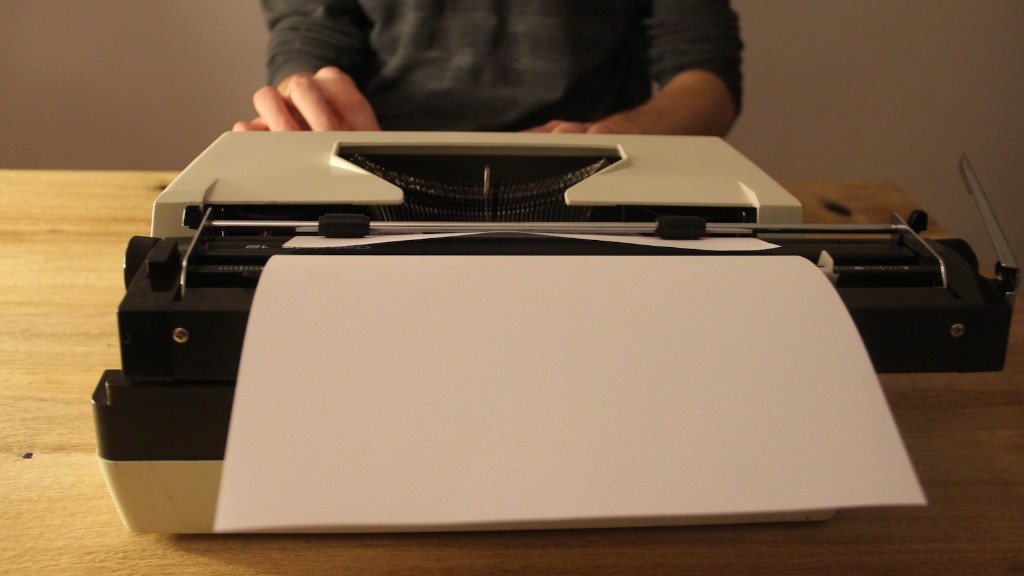The debate on laser paper in inkjet printers.
When it comes to printing, laser paper is typically viewed as the preferred option over plain or recycled paper. This is mainly because it more durable and shows less smudging, even when exposed to moisture. But what about using laser paper in an inkjet printer? Can it even be done? It has been a matter of debate for many years now.
Ever since the technology for inkjet printers has advanced, print designers have noticed improved clarity in inkjet prints, even on plain paper. And while there has not been much research yet to back them up, some experts believe that laser paper is seeping its way into routine inkjet printing.
Inkjet printers are particularly popular with digital art workshops and studios. Some of these places use only laser-coated papers to produce inkjet prints because of the superior quality they can achieve. In addition to that, a good quality laser paper can also help reduce smudging and cracking in images when exposed to the elements for a longer period of time. Moreover, the printouts do not become yellow after a few years like plain paper.
Proponents of laser paper in inkjet printers often make the case that this type of paper has the added advantage of being less prone to smudging. This is because it is specially coated and is resistant to moisture. In addition to that, prints made on laser paper will often have greater color fidelity and saturation compared to plain paper.
On the other hand, there are those who insist that using laser paper in an inkjet printer will actually cause more harm than good. These people say that the paper can cause a number of problems with the printer itself, from clogging and jamming to poor print quality. Furthermore, using laser paper can also be more expensive.
At the end of the day, the decision as to whether to use laser paper in an inkjet printer comes down to the user in question. It is important to weigh up the potential benefits against the risks of using this type of paper in a printer. Ultimately, it is up to the user to determine whether or not it is worth the added cost and risk.
The costs of using laser paper.
When it comes down to it, the cost of using laser paper in an inkjet printer can be quite substantial. Laser paper tends to be more expensive than plain or recycled paper, as it is specially coated to withstand more wear and tear. It also needs to be replaced more often, as it is not as durable as plain paper.
In addition to the cost of the materials, there is also the cost of labor to consider. Printing professionals generally give more attention to laser paper than they do to plain paper, which can increase the total cost of printing. In some cases, the costs may be even higher when the laser-coated paper needs to be pre-treated.
It is important to keep in mind that the costs of using laser paper in an inkjet printer vary from printer to printer. Some manufacturers may offer discounts on laser paper, and some printers may be able to print on laser paper more efficiently than others.
Finally, it is important to consider the quality of prints when making a decision about whether or not to use laser paper. Although laser paper can help improve the quality of prints on an inkjet printer, it is not always necessary. The best way to determine whether or not laser paper is worth the additional cost is to do some research and compare the results.
The advantages and disadvantages of using laser paper.
The use of laser paper in an inkjet printer comes with both advantages and disadvantages. On the one hand, laser paper can offer improved print quality, as well as increased resistance to moisture and smudging. On the other hand, it can be more expensive and require additional labor to get the same quality of prints as with other types of paper.
The advantages of using laser paper are that it can help improve the quality and durability of prints, especially when it comes to digital art. This can be especially helpful for work that needs to be exposed to moisture for a longer period of time. Laser paper can also reduce smudging when exposed to moisture and bring out more colors.
At the same time, there are some drawbacks to consider. Laser-coated paper can be more expensive than plain paper, and it may require pre-treatment in some cases. In addition to that, it can also increase the risk of printer jamming and clogging.
Ultimately, when it comes to deciding whether or not to use laser paper in an inkjet printer, it is important to weigh up the potential benefits and costs. A good way to do this is to compare the results of printing on plain paper and laser paper.
Tips for successful laser printing.
If you decide to use laser paper in an inkjet printer, there are a few things you can do to ensure a successful printing job. Firstly, make sure to use high quality laser paper that is specifically designed for an inkjet printer. This will help minimize the risk of jams, clogging, and smudging.
Another important tip is to ensure that you use the correct settings and settings. It can be especially helpful to consult the printer’s manufacturer manual before printing on laser paper. This will help you understand the best settings to use in order to get optimal results.
It is also important to ensure that the paper is free from dust and dirt before printing. If there are any dust particles on the paper, it can affect the quality of the prints. Also, make sure to use a clean, lint-free cloth for cleaning the paper prior to printing.
Finally, if you are using a recycled laser paper, you should also make sure that it is of good quality and has been treated for laser printing. Using a recycled laser paper can help save money, but it can also lead to poor quality prints if it is not of good quality.
Ease of use for laser printing.
When it comes to ease of use, laser printing is generally quite straightforward. All you need to do is load the paper into the printer and select the appropriate settings. Some inkjet printers have special laser printing settings, which can help you get the best results from your prints.
In addition to this, you may also need to adjust the printer settings to accommodate the type of paper you are using. For example, some laser papers require a slower speed for printing as compared to plain papers. Furthermore, you may need to make adjustments to the ink levels depending on the type of laser paper you are using.
Finally, you should also consider the cost of printing on laser paper in comparison to plain paper. Depending on your printer model and the paper used, you may find that laser papers cost more. However, the increased quality and durability of prints may be well worth the extra money.
Alternatives to laser paper.
If you are looking for an alternative to laser paper in an inkjet printer, there are a few different options available. One of the most popular alternatives is glossy photo paper. This type of paper can be used to produce prints with excellent sharpness and superior color saturation.
In addition to that, there are some specialty papers designed specifically for inkjet printers. These papers are usually more expensive than plain paper, but they offer improved clarity and greater detail. Inkjet-specific papers may also come with special coatings that are designed to help prevent smudging and fading of prints.
Finally, there are some printers that are designed specifically for printing glossy prints. This type of printer uses a special type of ink that is specifically designed to produce prints with a glossy finish. Depending on the model, such printers may be more expensive than a regular inkjet printer, but they can produce much better results.
Storage considerations for laser prints.
Once you have printed your work on a laser paper, you should take extra care when it comes to storing the prints. Laser paper is more durable than plain paper, but it can still fade or crack over time if not stored properly. To minimize any damage, you





